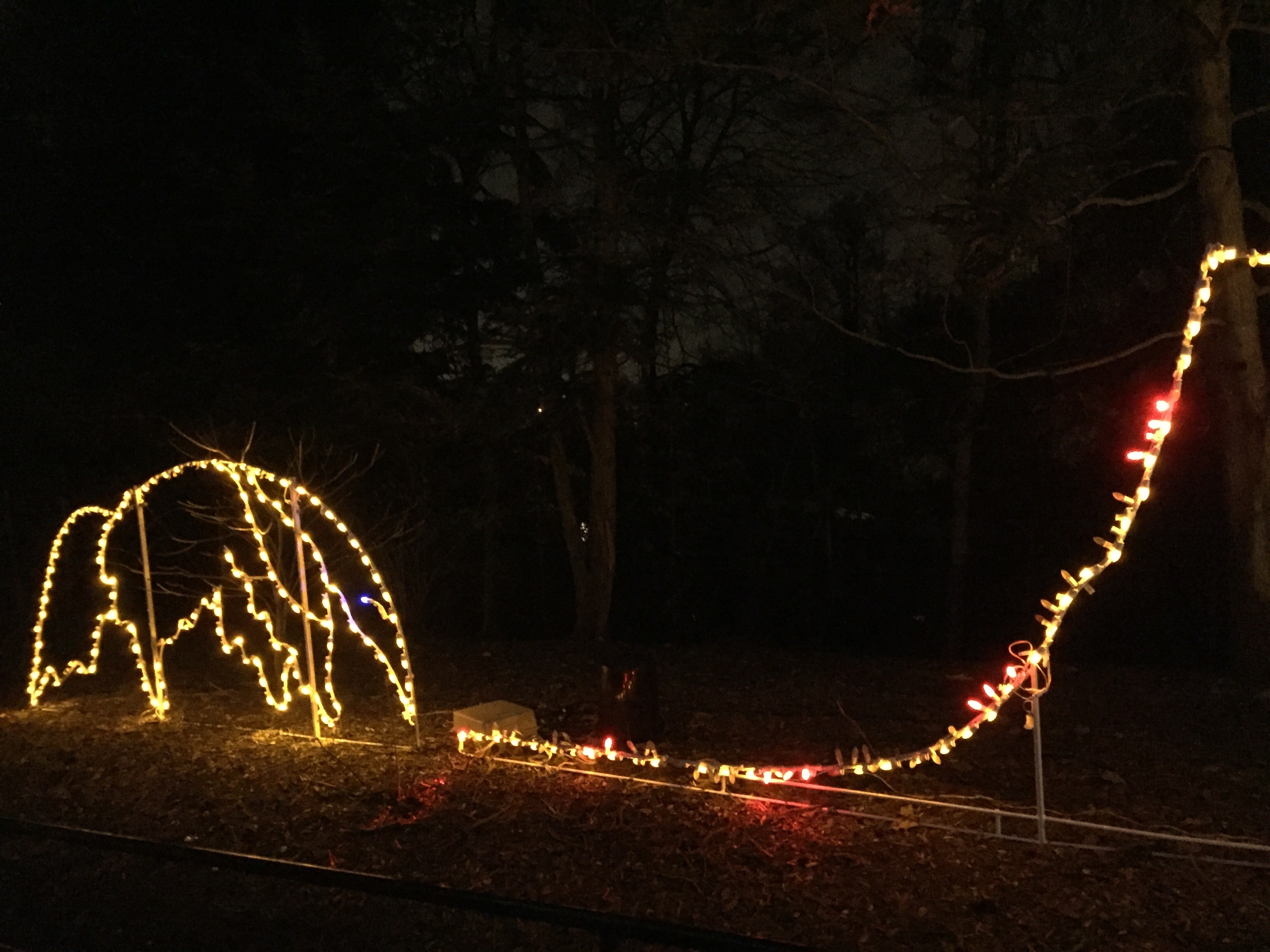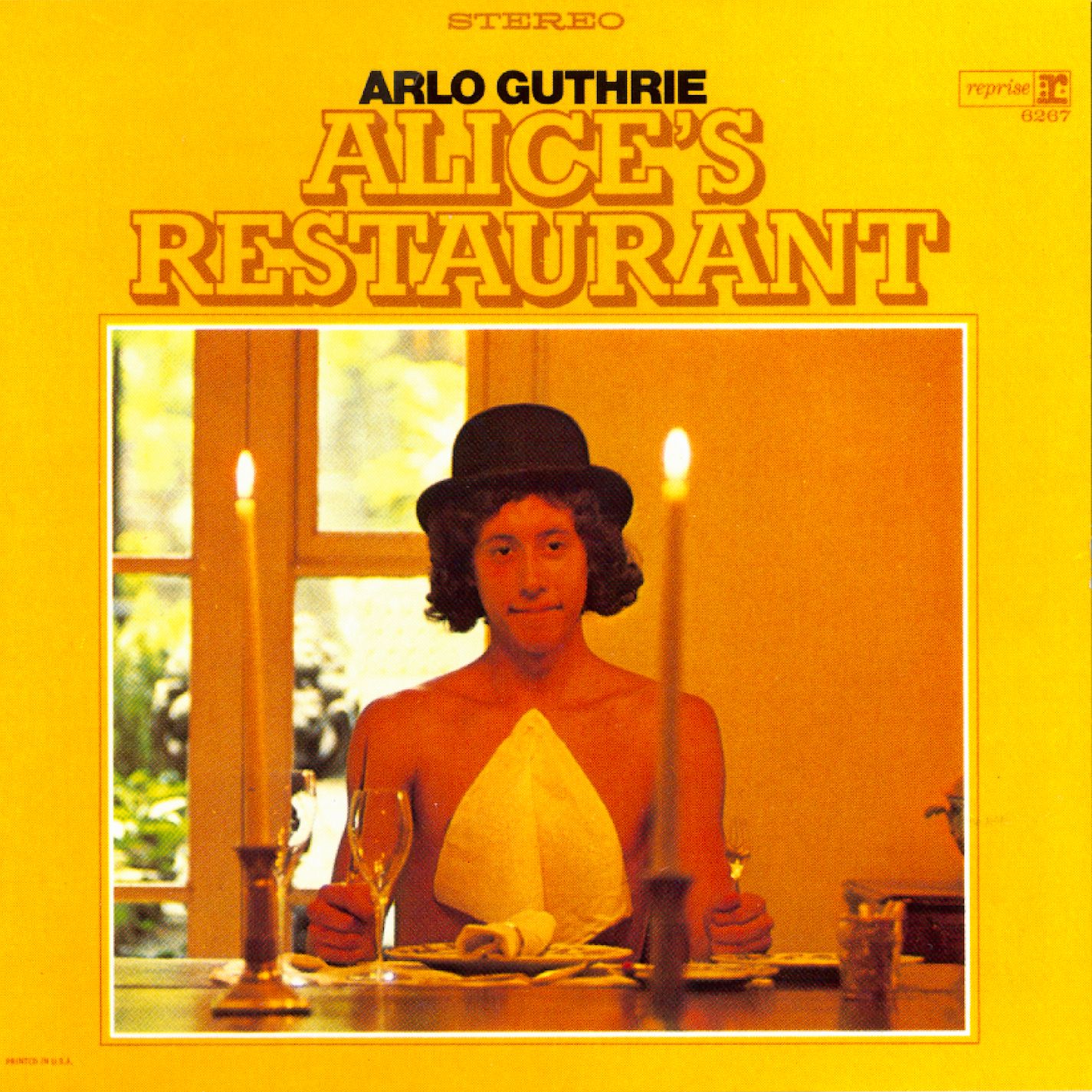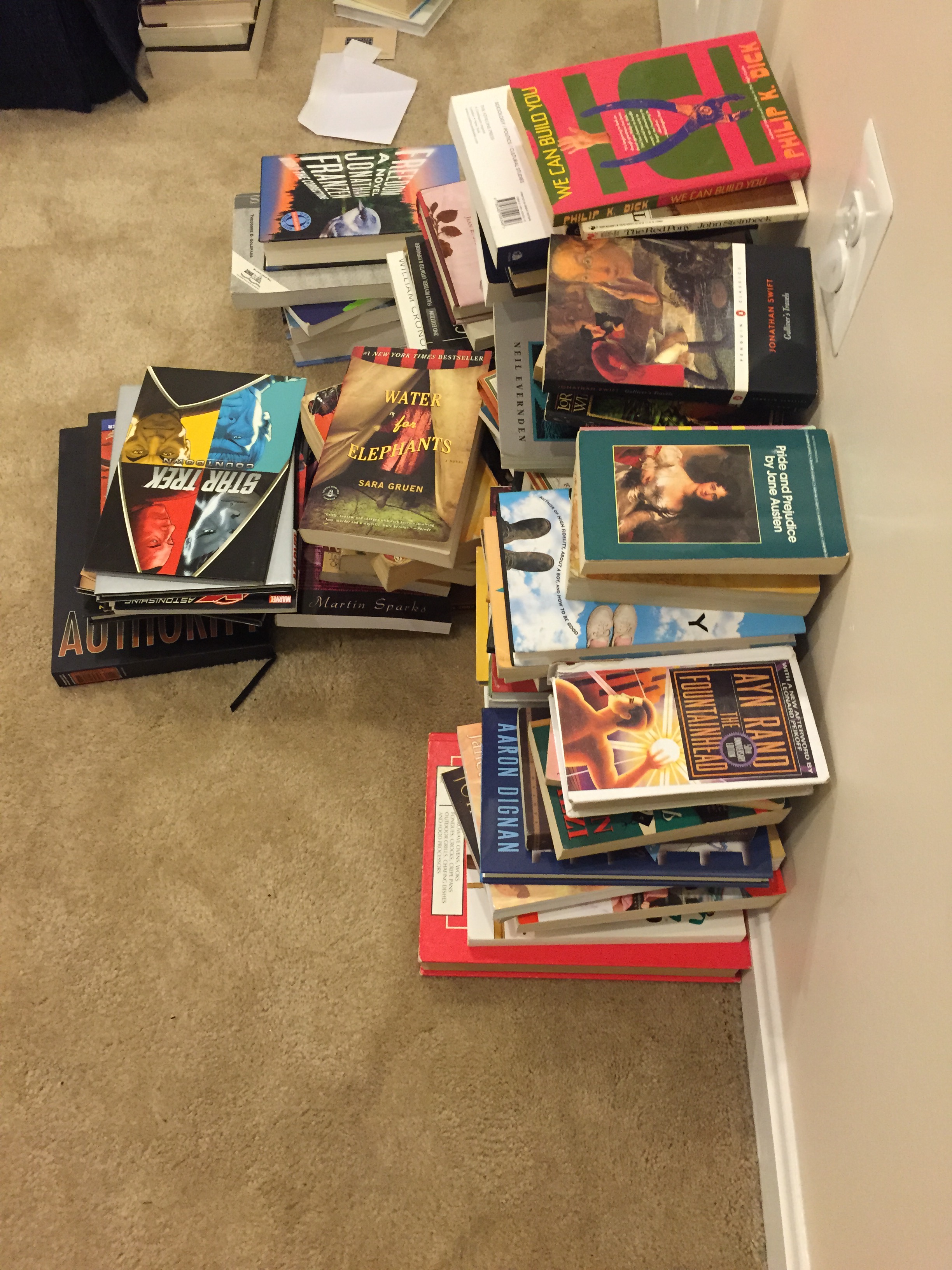I already have one of my main New Years’ Resolutions – to simplify. I am quite sick of feeling overwhelmed and exhausted and for a variety of reasons, life will become even busier in the next year. While it isn’t even January yet, I’ve already started applying this philosophy to my life, starting with Christmas. I love Christmas traditions, but I’ve decided that these just aren’t worth the effort – at least not this year.

1) Baking cookies for my co-workers. I like giving my co-workers gifts for the holidays, but between federal ethics requirements and my own cheapness, baked goods are the best bet. However, with only two weekends that we’re actually in town, both filled with other holiday activities, finding the time to do this just wasn’t happening. Ideally, baking cookies is a lovely activity to do with your child, but I’m not giving away anything a two-year-old has helped bake. And cramming it into the three hours between Sprout goes to bed and I do just sounds rushed and unpleasant. While I know my boss likes snickerdoodles, he’ll just need to make them himself this year.
2) Sending out Christmas cards. I always feel like a crappy friend when I start getting Christmas cards and haven’t sent any out myself. I was going to do a photo collage this year, but after both CVS and Walgreens totally screwed up our orders last year, even that seemed like too much work. As we’ll be home for two weeks with grandparents eager to babysit, maybe I’ll send out New Years cards. Or maybe not.
3) Being obsessive about buying local/ethically. I am a huge proponent and fan of buying ethically, especially toys and gifts. But as the mother of a young child who doesn’t have unlimited time or energy to flit around in local boutiques (many of whom don’t want a two-year-old pawing their stuff anyway), I just did the best I could. I tried looking in our local Barnes and Noble and at Powell’s Books online for the specific books I wanted, but neither of them had them. So Amazon it was for those items, as much as I hate their lack of corporate responsibility. I reassured myself that 1) at least I tried, 2) individual actions aren’t the end-all and be-all, and 3) by buying thoughtful gifts, there will be less waste altogether.
4) Not buying all of the gifts myself. I still was the one to pick out the large majority of the gifts, but I actually sent Chris out to purchase at least a couple of them. After all, he’s the one home during the week! It’s a pain to drag a toddler around a store, but it’s still less impossible than me doing it during my work day.
5) Not seeing Santa at the mall. Sprout got to see Santa twice – once at the mall with Chris’s parents without us and at Sesame Place with my parents – which is really enough. Instead, we waved to him as we passed by; he even waved back. It’s all about teaching the kid small pleasures.
6) Elaborate decorations. I’ve never been an elaborate decorator, but I’ve always wished I could be. (Albeit never like my mom, who actually made all of the Christmas ornaments for the entire tree one year.) This year, I stuck some of Sprout’s Christmas books on the coffee table, put Elmo in a mini Santa suit (which is actually for a wine bottle!), and pulled out our wooden nativity. It’s got some holiday cheer and some religious aspect. That’s enough for me.
7) An intolerance for singing stuffed animals. I generally forbid singing toys in my household for their lack of educational value and high level of personal annoyance. But my mother-in-law adores singing animatronics and gifted Sprout a Christmas tree that croons “Rocking Around the Christmas Tree” last Christmas. Both of them absolutely love the ridiculous thing. So out it came with the rest of the decorations, along with a piece of my sanity. Sprout’s enthusiasm thankfully dwindled after the first 30 times or so playing it in a row.
8) Feeling guilty for these things. I’m still working on this – as you can see from all of my justifications above – but this is probably the most important one of all. There’s far too much guilt and shame in my life for not living up to my own unrealistic expectations. Like everything else in life, the holidays are exactly what you choose to make them. I’m at least trying to choose peace, hope and joy.








